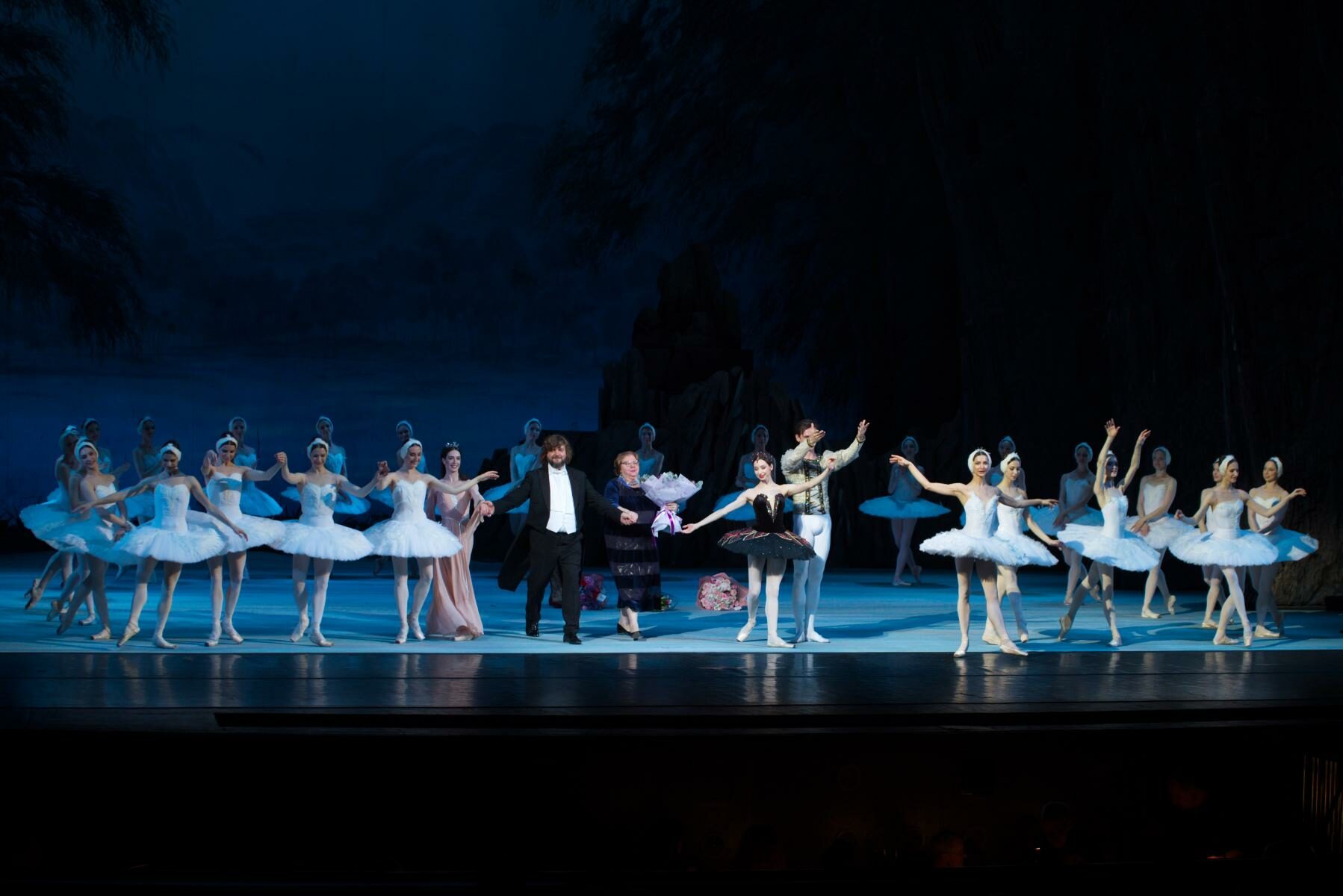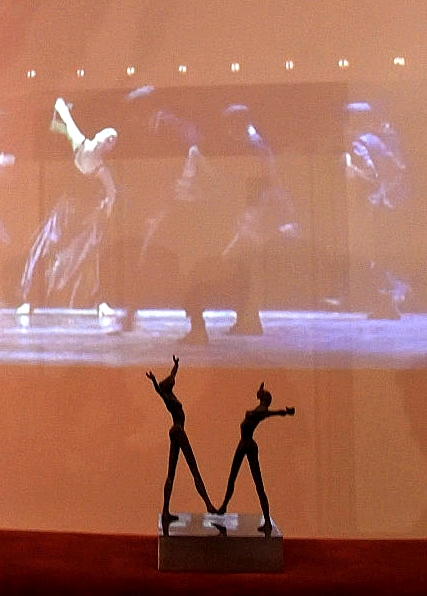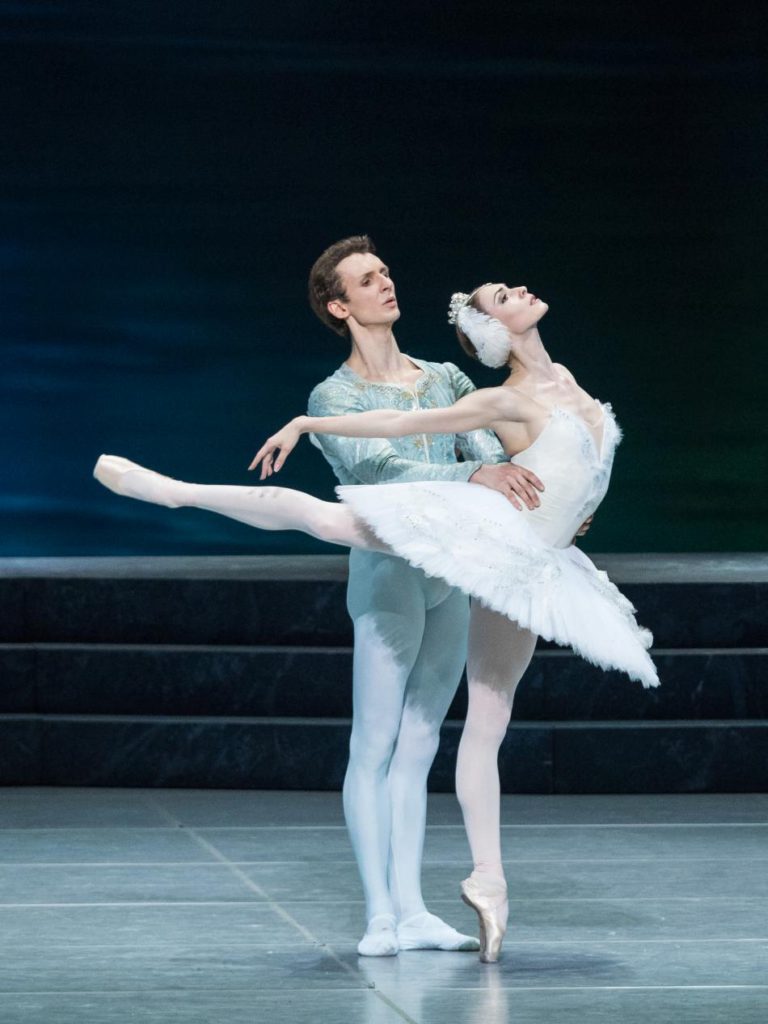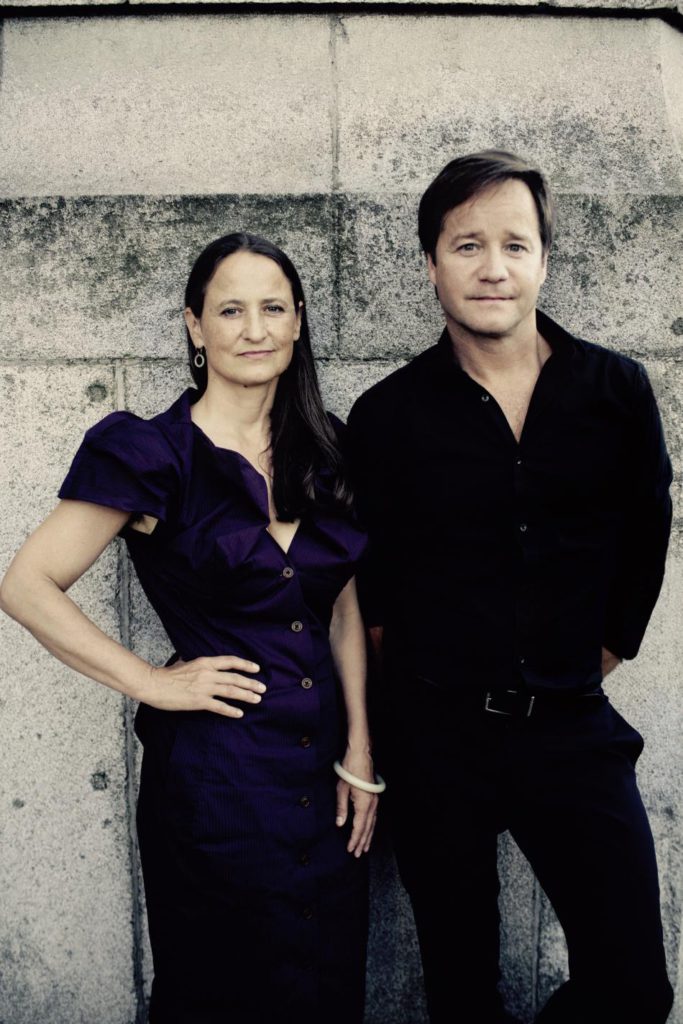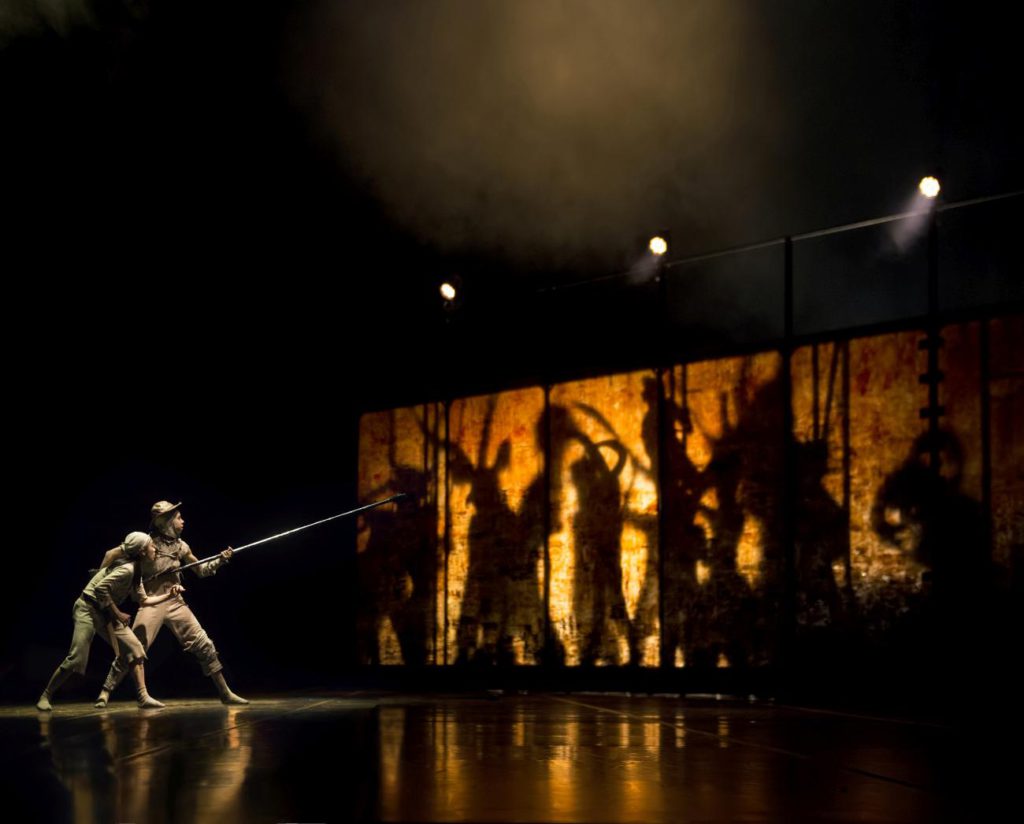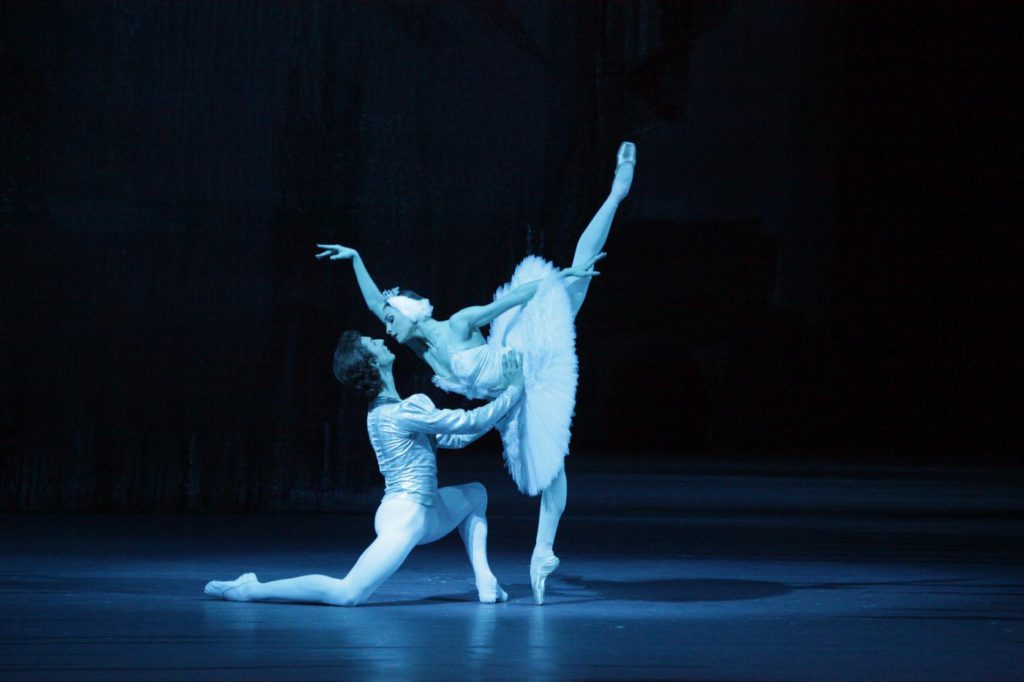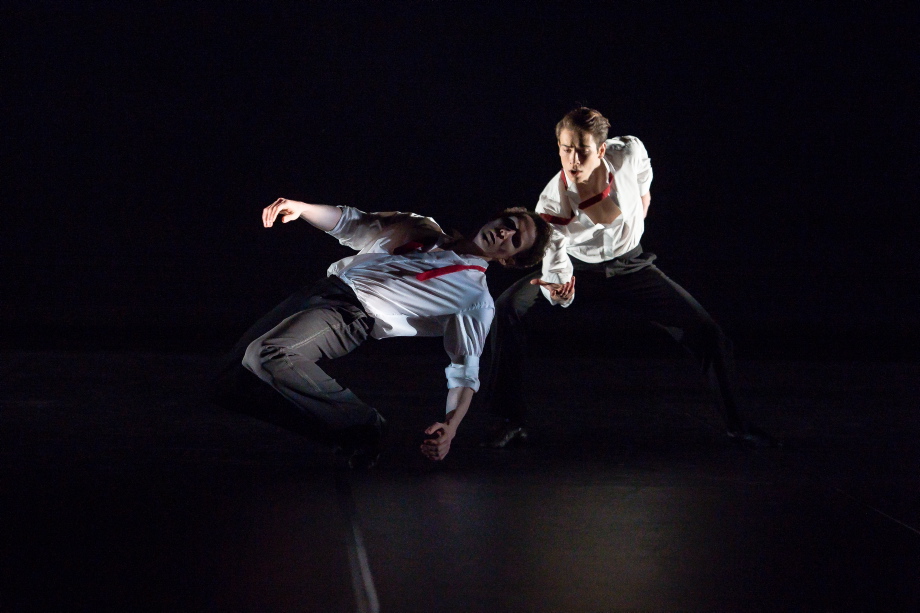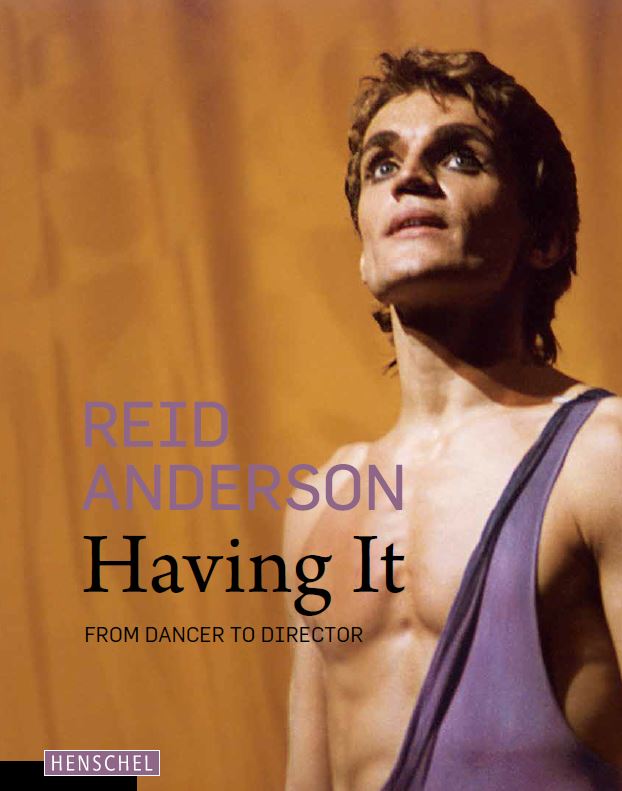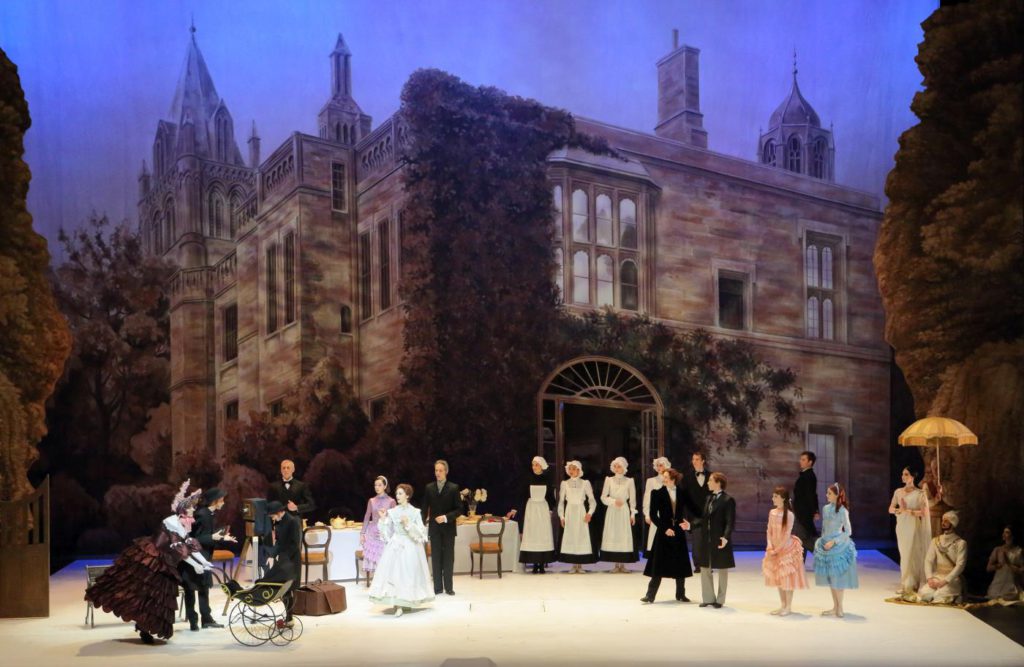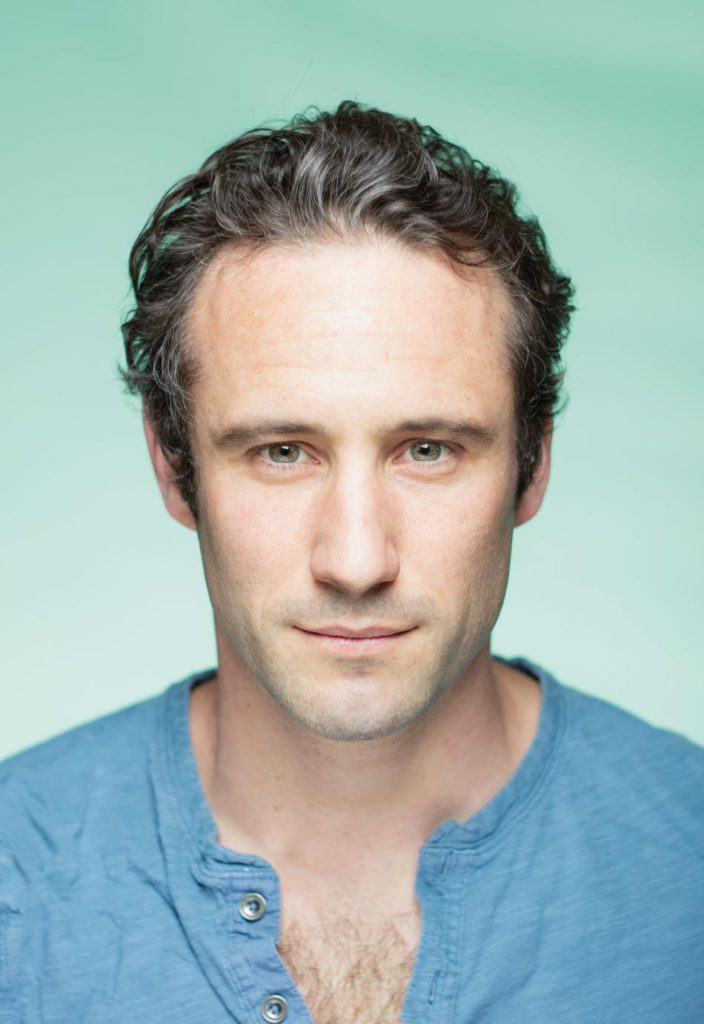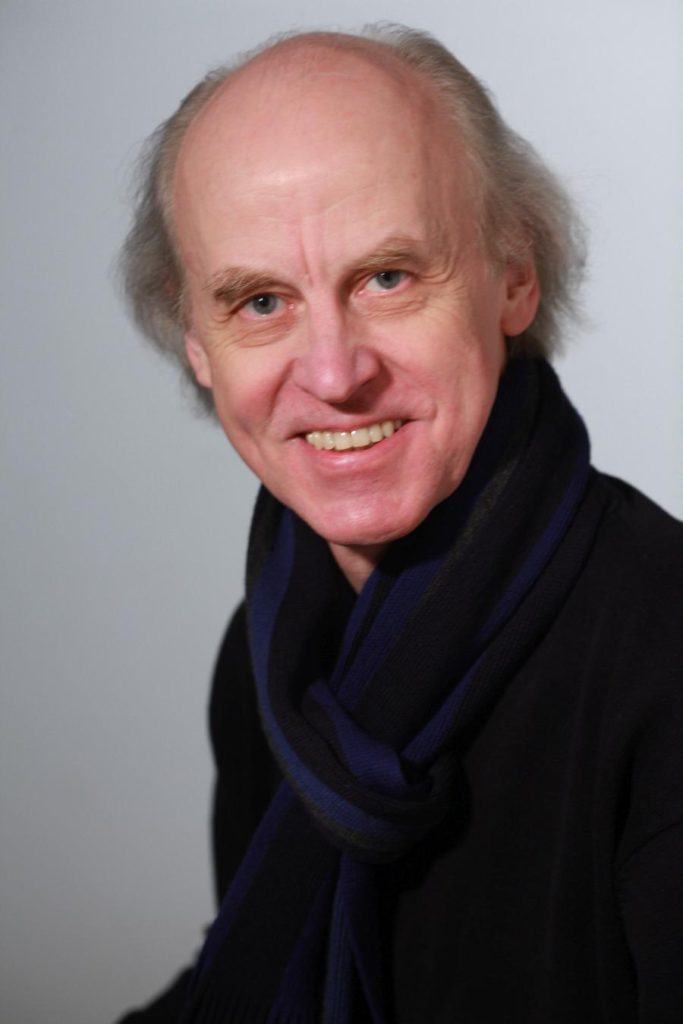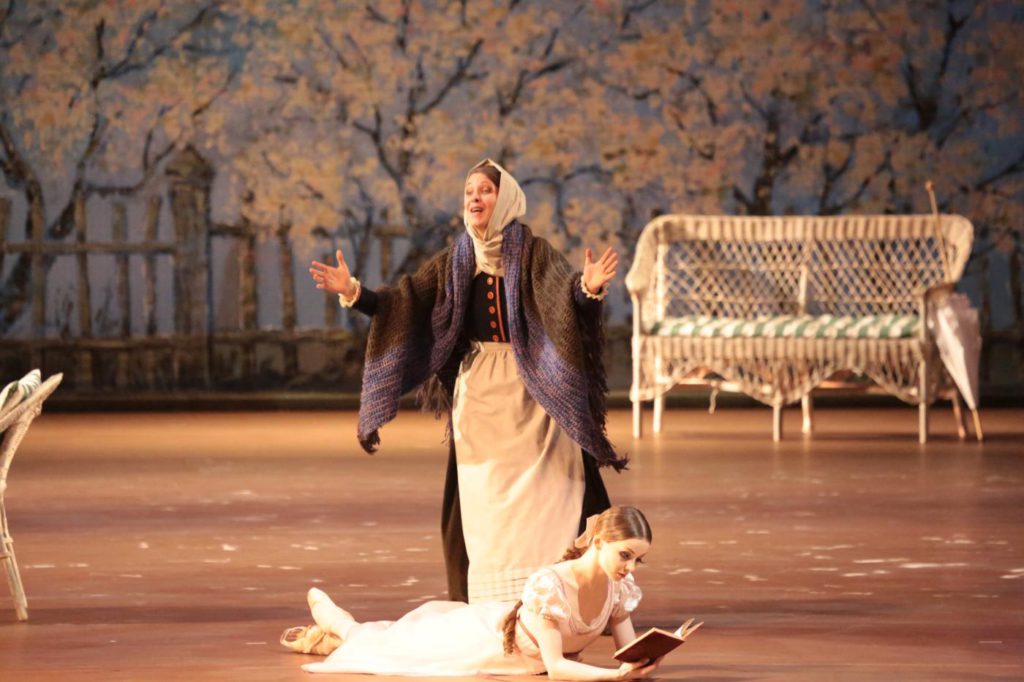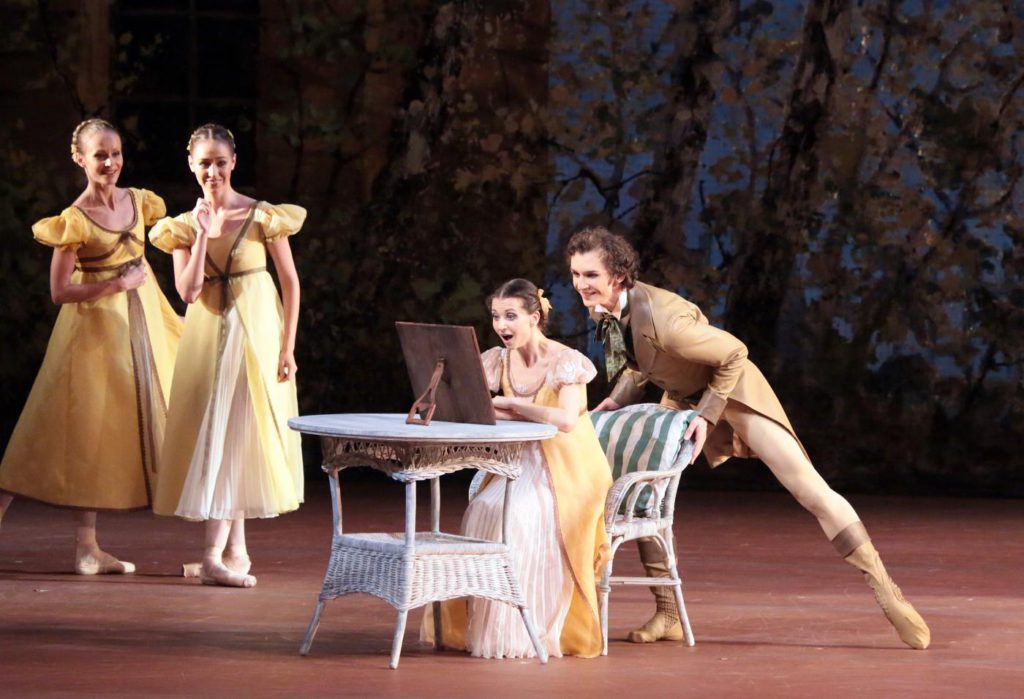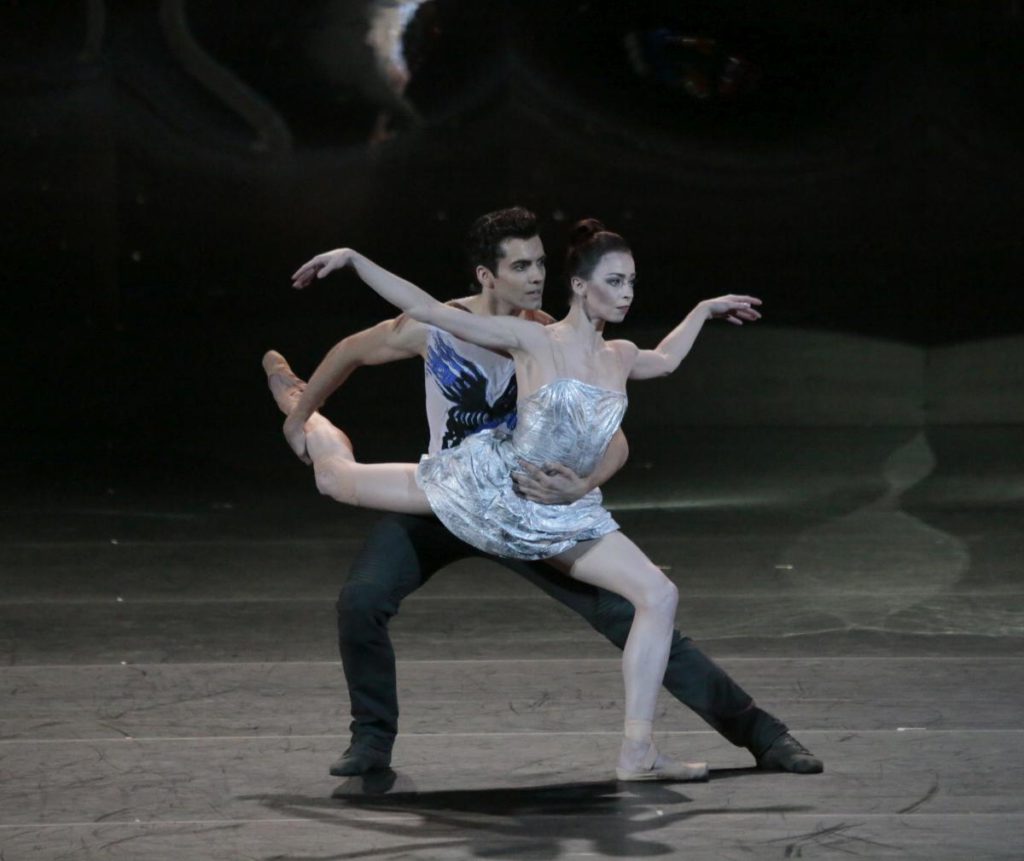“Mayerling”
Stanislavsky and Nemirovich-Danchenko Moscow Music Theatre
National Theater
Munich, Germany
April 06, 2017
by Ilona Landgraf
Copyright © 2017 by Ilona Landgraf
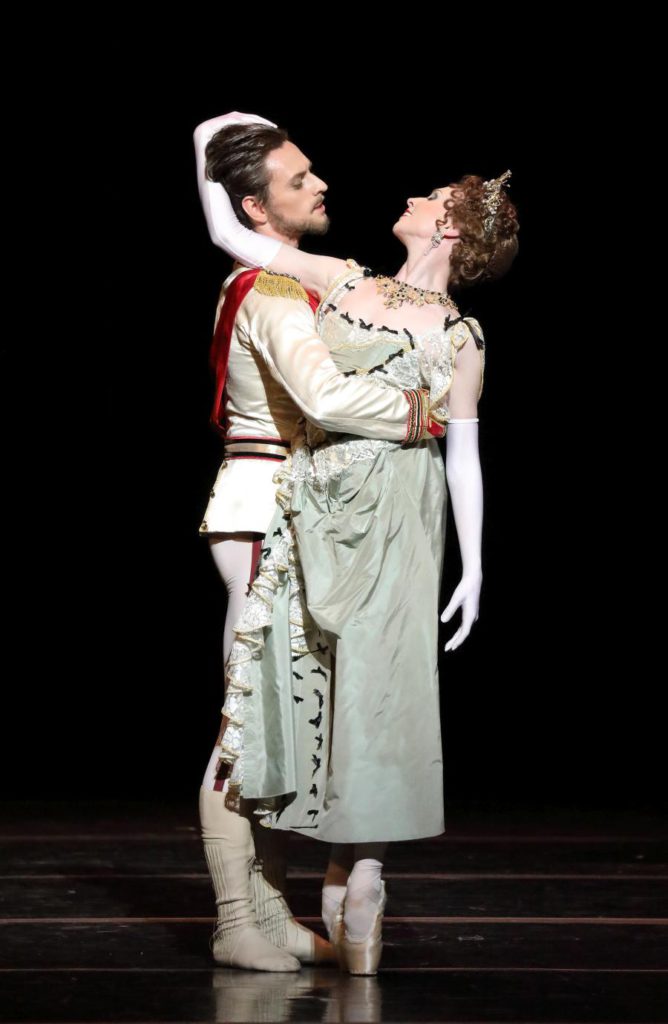 Igor Zelensky invited Moscow’s Stanislavsky and Nemirovich-Danchenko Music Theatre, his own former troupe, to perform as a guest company for this month’s Ballet Festival Week in Munich. Last October, after a short period of double directorship in Moscow and Munich, Zelensky decided to concentrate solely on directing the Bavarian State Ballet. Laurent Hilaire, former Paris Opéra Ballet étoile, took over Zelensky’s post at the Stanislavsky in January this year.
Igor Zelensky invited Moscow’s Stanislavsky and Nemirovich-Danchenko Music Theatre, his own former troupe, to perform as a guest company for this month’s Ballet Festival Week in Munich. Last October, after a short period of double directorship in Moscow and Munich, Zelensky decided to concentrate solely on directing the Bavarian State Ballet. Laurent Hilaire, former Paris Opéra Ballet étoile, took over Zelensky’s post at the Stanislavsky in January this year.
The Stanislavsky brought along Kenneth MacMillan’s “Mayerling”, a piece rarely performed on German stages. As a special treat, Sergei Polunin danced the leading role at both performances. I saw the opening night. Although Polunin left the Stanislavsky in summer 2014, he continued to perform with the company on occasion. In Munich, he has been a permanent guest dancer since Zelensky took up the reins.
“Mayerling” isn’t the sort of piece one eagerly watches again and again – for at the root of the catastrophe of the piece is a tragedy that is too sad and a society that is too disgusting to witness repeatedly. The story is based on a dark chapter of the reign of Emperor Franz Joseph I of Austria. The Emperor’s third child with Elisabeth (“Sisi”), Duchess of the house of Wittelsbach, was Crown Prince Rudolf, who at the age of twenty-three, was forced into a marriage with Princess Stéphanie of Belgium. The ballet begins with the couple’s wedding ball and ends with the double suicide of Rudolf and his mistress, Mary Vetsera, at the royal hunting lodge at Mayerling. (more…)
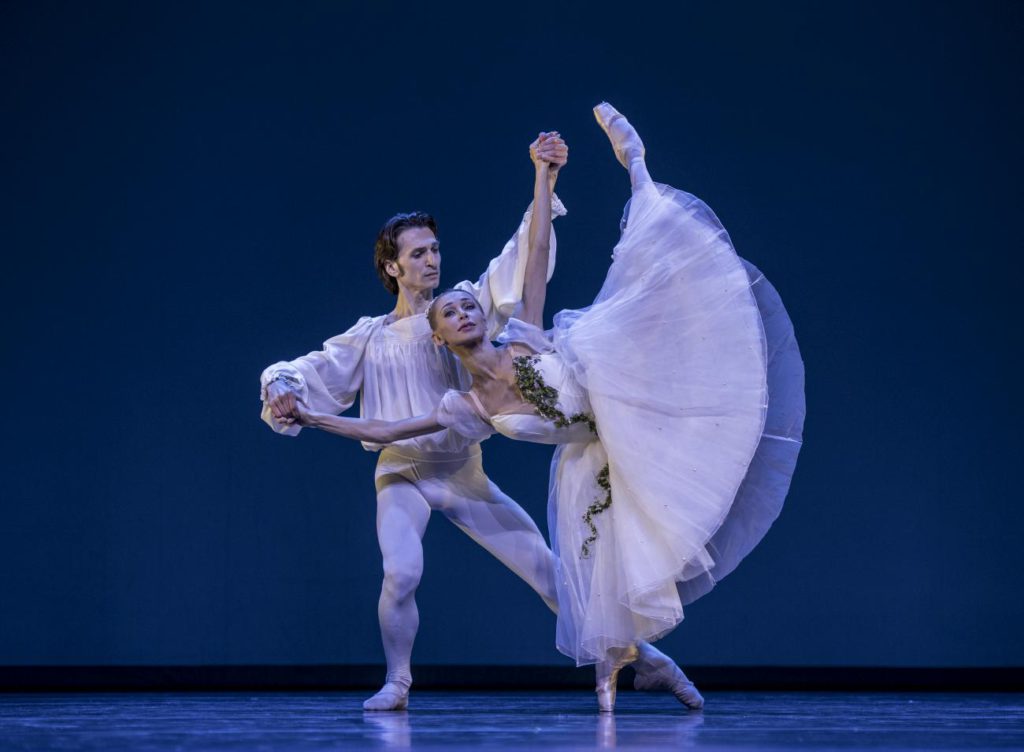 Luxembourg, one of the smallest sovereign states in Europe, has no ballet tradition. To change this is the aim of former dancer Natascha Ipatova and Georges Rischette, both founders of the Luxembourg dance school DanceXperience. This year’s two galas on May 20th and 21st mark the fifth year in succession trying to wet the Luxembourg audience’s appetite for the art form. Unlike the suggestive title of the event, no étoiles of the Paris Opera Ballet were involved. Instead, there were leading principals and their colleagues from various international companies. (more…)
Luxembourg, one of the smallest sovereign states in Europe, has no ballet tradition. To change this is the aim of former dancer Natascha Ipatova and Georges Rischette, both founders of the Luxembourg dance school DanceXperience. This year’s two galas on May 20th and 21st mark the fifth year in succession trying to wet the Luxembourg audience’s appetite for the art form. Unlike the suggestive title of the event, no étoiles of the Paris Opera Ballet were involved. Instead, there were leading principals and their colleagues from various international companies. (more…)